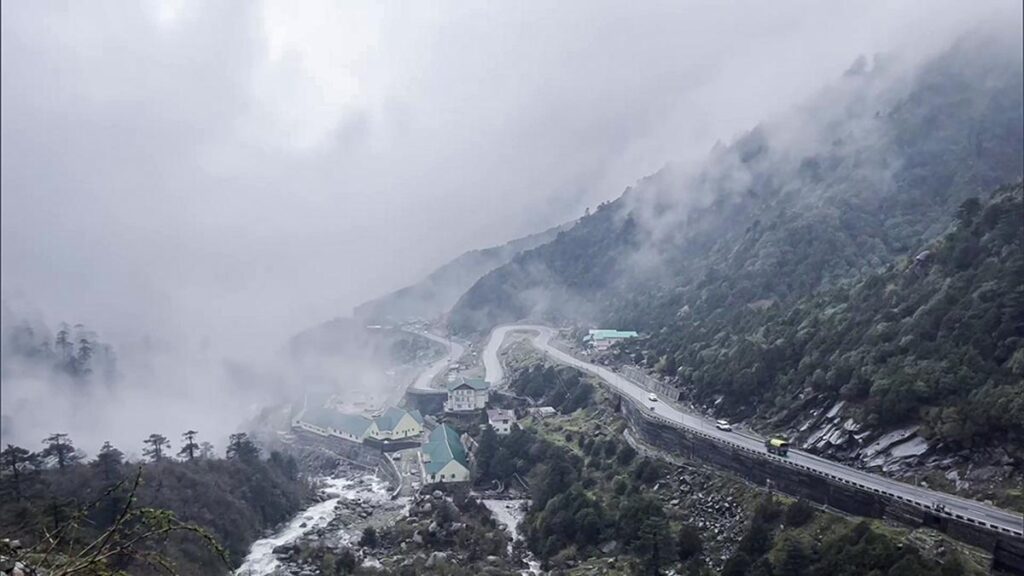
Gangtok, Sikkim – Eight years after becoming a flashpoint in a tense standoff between Indian and Chinese forces, the strategically significant Doklam plateau is set to open for tourism this September.
Situated at an altitude of 13,780 feet and approximately 68 km east of Gangtok, Doklam lies in the Chumbi Valley, where the borders of India, China, and Bhutan converge. The area gained international attention in June 2017, when Chinese troops attempted to construct a road in Bhutanese-claimed territory, prompting Indian forces to intervene in support of Bhutan. The standoff, which lasted over two months, concluded with China halting its road-building activities.
Now, Doklam is being developed as a battlefield tourism destination, part of a broader initiative by India’s Ministry of Defence to promote historical military sites. “We are planning to open Doklam to visitors in September, coinciding with the start of the tourist season in Sikkim,” said C. Subhakar Rao, Additional Chief Secretary for Tourism and Civil Aviation in Sikkim. “It is one of three key sites selected in the state under India’s battlefield tourism initiative.”
The other two locations include Nathu La and Cho La passes, where fierce skirmishes occurred between Indian and Chinese troops during September–October 1967. At the time, Sikkim was an Indian protectorate; it later became India’s 22nd state in May 1975 following a referendum.
While Nathu La, located at 14,140 feet, is already a well-known tourist destination, new infrastructure is being developed at Cho La and Doklam. “We are working with the Army to build cafeterias, restrooms, parking, and wayside amenities at these sites,” Mr. Rao added.
Cho La Pass, situated at a staggering 17,780 feet, is accessible by all-wheel-drive vehicles from Tamzey, where the Army also operates a medical center to assist tourists affected by high altitude.
The approach to Tamzey diverges near Changu Lake (Tsomgo), approximately 16 km before Nathu La, along the historic Old Silk Route.
Despite harsh terrain and challenging weather conditions, construction and development work at these sites has been progressing steadily, according to Army officials.
In addition to these three locations, Gurudongmar Lake—one of the world’s highest lakes, at 17,800 feet—is also being promoted as a Shaurya Gantavya (destination of valour) under the initiative. Located in Mangan district, about 190 km from Gangtok, the lake holds religious significance for Buddhists and Sikhs and is named after Guru Padmasambhava.
Beyond Sikkim, Arunachal Pradesh is the only other northeastern state included in the battlefield tourism circuit, featuring sites like Tawang and Walong, where India and China clashed during the 1962 war.
